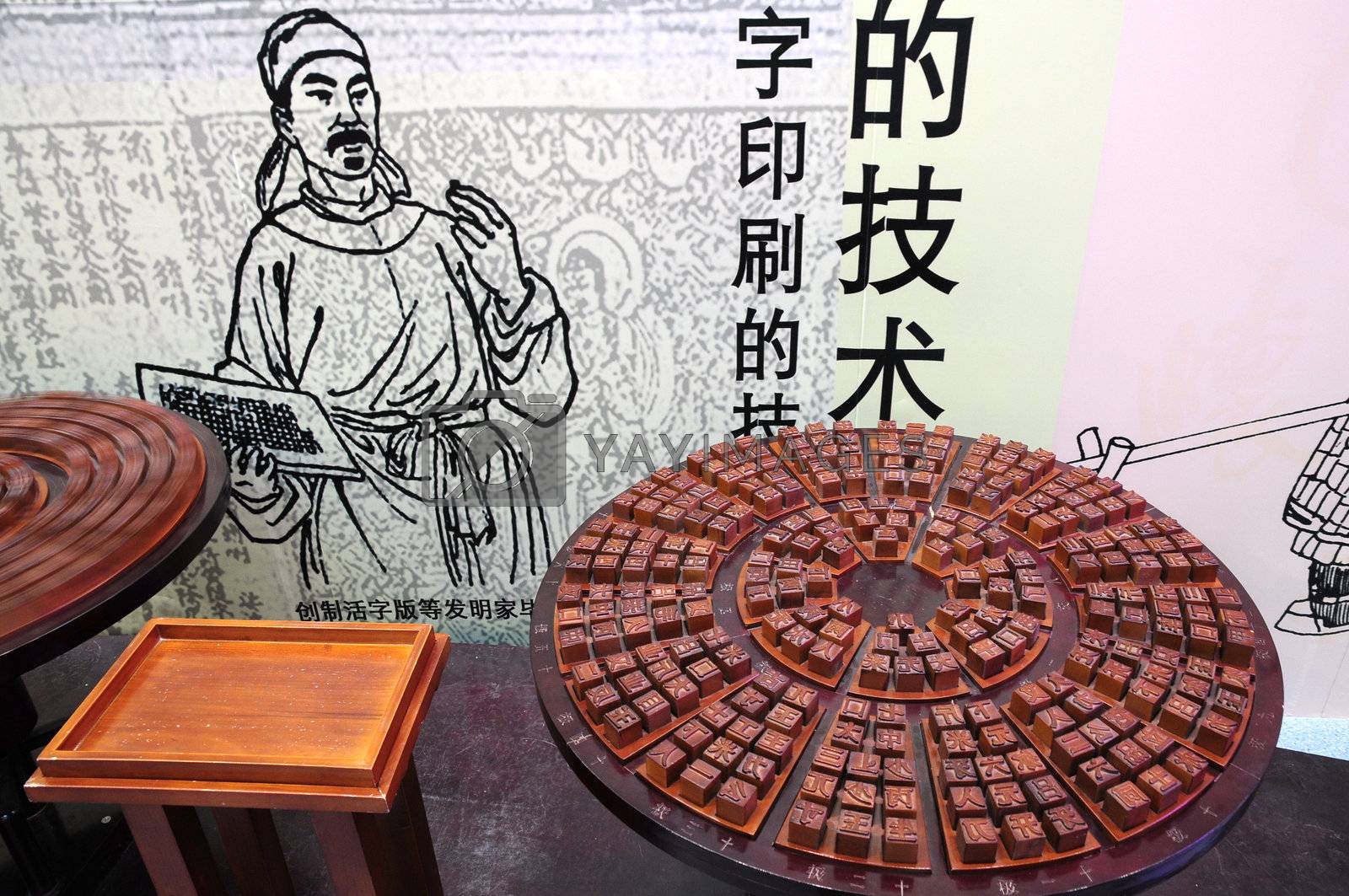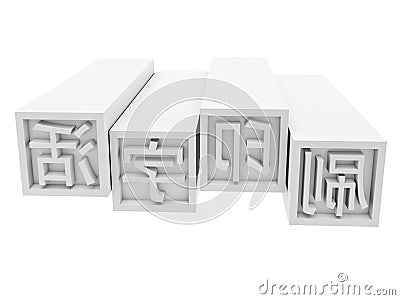
It is not clear what work he was engaged in, or whether some early trials with printing from movable type may have been conducted there. It was in Strasbourg in 1440 that Gutenberg is said to have perfected and unveiled the secret of printing based on his research, mysteriously entitled Kunst und Aventur (art and enterprise). Until at least 1444 he lived in Strasbourg, most likely in the St.

Early wooden printing press as depicted in 1568. Legend has it that the idea came to him “like a ray of light”. Also around 1439–1440, the Dutch Laurens Janszoon Coster came up with the idea of printing. It has been widely speculated that this secret may have been the idea of printing with movable type.

When the question of satisfying the investors came up, Gutenberg is said to have promised to share a “secret”. Printing PressĪround 1439, Gutenberg was involved in a financial misadventure making polished metal mirrors (which were believed to capture holy light from religious relics) for sale to pilgrims to Aachen: in 1439 the city was planning to exhibit its collection of relics from Emperor Charlemagne but the event was delayed by one year due to a severe flood and the capital already spent could not be repaid. His major work, the Gutenberg Bible (also known as the 42-line Bible), has been acclaimed for its high aesthetic and technical quality. Gutenberg's printing technology spread rapidly throughout Europe and later the world. The use of movable type was a marked improvement on the handwritten manuscript, which was the existing method of book production in Europe, and upon woodblock printing, and revolutionized European book-making. In the 19th century, the replacement of the hand-operated Gutenberg-style press by steam-powered rotary presses allowed printing on an industrial scale, while Western-style printing was adopted all over the world, becoming practically the sole medium for modern bulk printing. Across Europe, the increasing cultural self-awareness of its people led to the rise of proto-nationalism, accelerated by the flowering of the European vernacular languages to the detriment of Latin's status as lingua franca. The relatively unrestricted circulation of information - including revolutionary ideas - transcended borders, captured the masses in the Reformation and threatened the power of political and religious authorities the sharp increase in literacy broke the monopoly of the literate elite on education and learning and bolstered the emerging middle class. In Renaissance Europe, the arrival of mechanical movable type printing introduced the era of mass communication which permanently altered the structure of society. The alloy was a mixture of lead, tin, and antimony that melted at a relatively low temperature for faster and more economical casting, cast well, and created a durable type. Gutenberg's method for making type is traditionally considered to have included a type metal alloy and a hand mould for casting type. His truly epochal invention was the combination of these elements into a practical system that allowed the mass production of printed books and was economically viable for printers and readers alike. Among his many contributions to printing are: the invention of a process for mass-producing movable type the use of oil-based ink and the use of a wooden printing press similar to the agricultural screw presses of the period. With his invention of the printing press, Gutenberg was the first European to use movable type printing, in around 1439. It played a key role in the development of the Renaissance, Reformation, the Age of Enlightenment, and the Scientific revolution and laid the material basis for the modern knowledge-based economy and the spread of learning to the masses.

His invention of mechanical movable type printing started the Printing Revolution and is widely regarded as the most important event of the modern period. 1398 – 1468) was a German blacksmith, goldsmith, printer, and publisher who introduced printing to Europe.

Johannes Gensfleisch zur Laden zum Gutenberg (c. German inventor Johannes Gutenberg developed a method of movable type and used it to create one of the western world’s first major printed books, the “Forty–Two–Line” Bible. Turn Grid On Johannes Gutenberg: The Birth of Movable Type


 0 kommentar(er)
0 kommentar(er)
